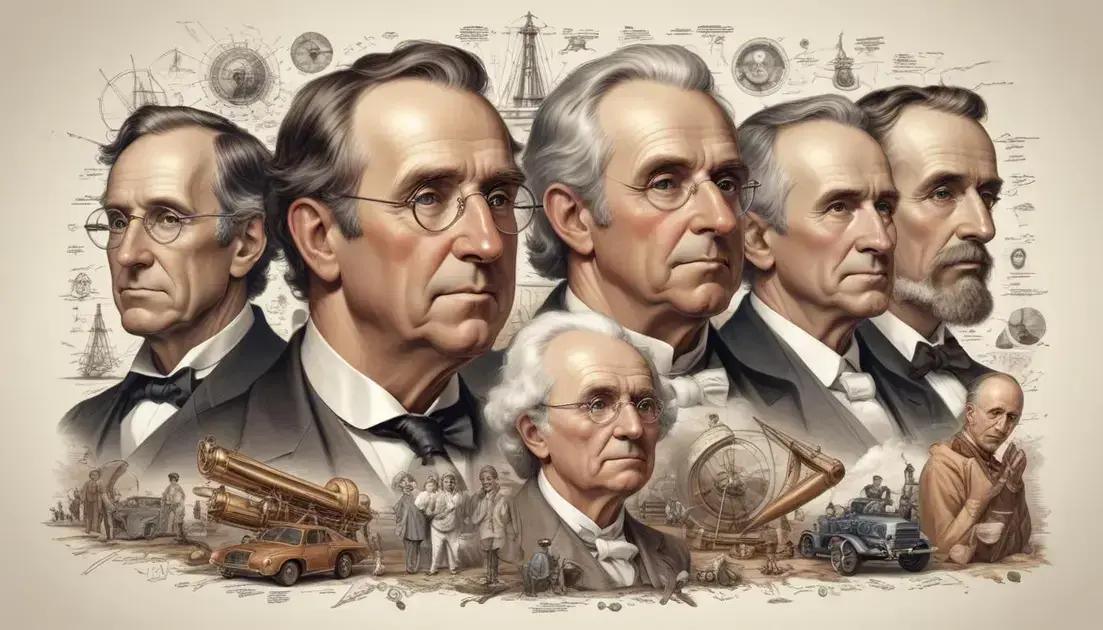
Origin of the OK Sign: Gestures that Marked History
The OK Sign, a simple hand gesture, has a rich history and diverse meanings across cultures. While it often symbolizes approval or agreement, its interpretations can vary widely. Some link its origins to military signaling, while others relate it to playful language roots. In modern society, the OK Sign appears frequently in digital communication, reflecting its ongoing relevance. Understanding its cultural impact helps foster better communication and respect in interactions.
OK Sign has become a universal symbol, but what’s the story behind it? Join us as we uncover its fascinating origins!
Introduction to the OK Sign
The OK Sign is a simple gesture that combines your thumb and index finger to form a circle. Most people recognize this sign as a symbol for “okay” or approval. Did you know its history is quite fascinating? Many believe it originated as a way for American troops to signal “zero killed” during the war. Others think it comes from the phrase “oll korrect,” which was a playful misspelling of “all correct.”
Over time, the OK sign has crossed cultures and taken on different meanings. In some places, it simply means “good” or “fine.” However, in other regions, this gesture can carry negative connotations. Isn’t it interesting how a simple hand sign can have different meanings around the world?
The OK Sign remains popular in today’s society. You might see it used in social media or during casual conversations. It’s a handy way to express positivity without saying a word. Understanding its background can add depth to how we view this common gesture.
Controversial Origins
The OK Sign has a rich and controversial history. Many stories explain where it came from. One story links it to American soldiers. They used it to signal “zero killed,” showing no one died in a battle. This interpretation shows a practical use in tough times.
Another popular theory suggests it comes from the phrase “oll korrect.” This was a playful way of writing “all correct” in the 19th century. People liked to use fun phrases, and this one stuck around.
Some cultures have different views about the OK Sign. In certain places, it can be seen as rude or offensive. This shows how symbols can change meaning based on where you are. Isn’t it fascinating how a simple hand gesture can carry such weight?
These stories reveal how the OK Sign isn’t just a signal. It comes from history and reflects culture. Understanding its roots can help us appreciate everyday gestures.
Various Theories
There are many theories about the origins of the OK Sign. Each brings its own angle on this popular gesture. One interesting theory connects it to the Native American culture. Some say it was used to mean “all is well” among tribes, showing friendship and peace.
Another idea links the OK Sign to the French. Historically, it could represent the word “oui,” which means “yes” in French. This shows how gestures can evolve through languages and cultures.
In the 1960s, the OK Sign gained a boost in popularity. It was featured in movies and media, which helped spread its use. Star power can really impact popular gestures!
Some modern theories suggest it could mean something different now. In certain online communities, it has taken on new, controversial meanings. This shift reminds us how communication can adapt over time.
These various theories highlight the diverse roots of the OK Sign. Each story contributes something special to its overall identity.
Cultural Impact and Usage
The OK Sign has made a big impact across many cultures. It’s more than just a hand gesture; it connects people. In many places, using the OK Sign means everything is fine or great. It helps create positive vibes in conversations.
In different cultures, this sign can hold various meanings. For instance, in Brazil, it can be seen as offensive. Knowing these variations is important, especially when traveling or interacting with people from diverse backgrounds.
In the digital age, the OK Sign is everywhere online. From social media to memes, it pops up often. This usage keeps the gesture relevant and helps it evolve with today’s communication styles.
Young people use the OK Sign to express approval or agreement. It’s a quick, non-verbal way to communicate. Isn’t it cool how such a simple gesture can have a lasting impact?
Overall, the cultural impact and usage of the OK Sign show how gestures can cross borders. Understanding these meanings can enrich our interactions.
Conclusion
The OK Sign is a simple gesture, yet its significance is profound. Throughout history, this hand sign has shaped communication across cultures. It carries meanings that can vary widely, so understanding its context is key.
From its controversial origins to its presence in modern culture, the OK Sign has proven to be versatile. As people continue to use it, we see how gestures can bridge gaps between languages and backgrounds.
As we explore this gesture, we can appreciate its impact on our daily lives. A quick hand sign can convey feelings and ideas. Cultural awareness helps us connect better with others.
The OK Sign remains a reminder of the power of human expression. It encourages us to communicate openly and embrace our differences.
Conclusion
In conclusion, the OK Sign is far more than just a hand gesture. It carries rich meanings and reflects cultural differences around the world. Understanding its various interpretations helps us communicate better and connect with others.
As we’ve seen, the origins and usage of the OK Sign show how symbols evolve over time. From military signals to modern social media, its journey is fascinating.
By appreciating gestures like the OK Sign, we embrace the diversity of communication. This awareness allows us to navigate social interactions with respect and understanding. So next time you see the OK Sign, remember its history and significance in our everyday lives.


